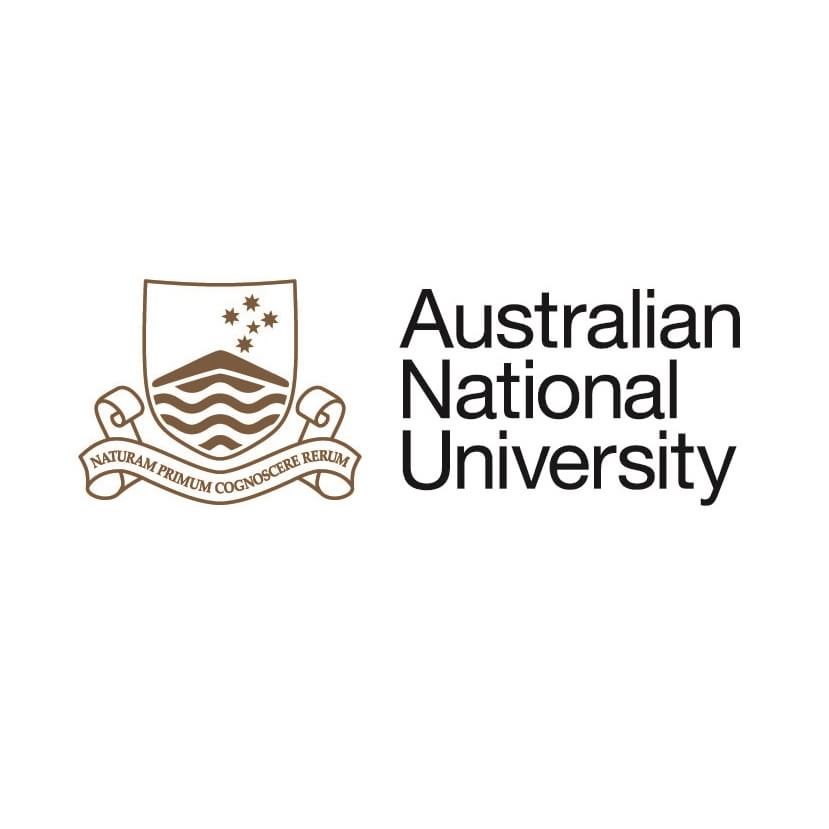Full description
Methods Animals Female Balb/C mice aged between 6-10 weeks sourced from the Australian Phenomics Facility (ANU) were used throughout the study. Animals were fed ad libitum and housed in specific-pathogen free environment and used under strict adherence to protocols approved by the institutional Animal Experimentation Ethics Committee (AEEC), ANU, under protocol A2017/43. Cell lines The 4T1-Luc2 (4T1) mammary carcinoma and CT26 colorectal carcinoma (kindly gifted by Dr. Aude Fahrer, ANU) cell lines were originally sourced from American Type Culture Collection (ATCC) and cleared for pathogens by Cerberus Sciences (ISO 9001 Licence No. AU843-QC) before use in animals. Both cell lines were cultured in RMPI-1640 (11875093, ThermoFisher Scientific) supplemented with 10% (v/v) fetal bovine serum (F8192, Sigma), 2mM L-glutamine (250300810, ThermoFisher Scientific) 10mM HEPES (15630080, ThermoFisher Scientific), 1mM sodium pyruvate (11360070, ThermoFisher Scientific) and 55 nM 2-mercaptoethanol (21985023, ThermoFisher Scientific). Tumour establishment Tumour cells were injected at 1 x 105 cells in 50 micro L of sterile normal saline solution subcutaneously in the right-hind flank of mice randomised across several housing cages. Animals had the hair around the injection site removed by clippers prior to tumour inoculation. Tumours were left to grow for up to �14 days, and monitored daily to ensure wellbeing was maintained. In 21 of 98 4T1-bearing mice a single dose of the Src-inhibitor eCF506 at 0.1 (eC100), 1 (eC1000) or 10 (eC10000) mg/kg was administered i.p. 7 days post tumour establishment which appeared to have little, if any impact on the parameters assessed in the study and so were included to increase sample size (Supplementary File 1). At the end-point, the mice were sacrificed by cervical dislocation, and their tumours excised and weighed. Blood collection At 7/8 and 14 days post tumour establishment, mice were briefly heated (~4-minutes) under a lamp to promote vasodilation, placed in a restraint, their tail vein punctured with a 29G needle, and a 20 micro L sample of blood collected into 4 microL of Citrate-dextrose solution (ACD, Sigma) anticoagulant. A 5 microL sample of this blood was immediately used for antibody labelling and flow cytometry. The remaining blood was centrifuged at 16,000 x g for 10 minutes and 7 microL of plasma collected and stored in a sealed 96 well microplate at -20�C for future LegendPlex assays. Immunophenotyping of blood leukocytes by flow cytometry The 5 microL blood samples for cellular analysis were initially incubated for 10 minutes on ice in wells of a v-bottom 96 well plate with 25 microL of 5 microg/ml anti-FcR (CD16/32) antibody (Biolegend) diluted in 1 x RBC BD Pharm Lyse lysing buffer (BD Bioscience). Samples were then incubated with 25 microL of 1 x RBC BD Pharm Lyse containing fluorescent antibodies listed in Supplementary Table 1 for 30 minutes on ice in the dark. In addition, 5000 Flow-Count Fluorospheres (Beckman Coulter) were spiked in to each sample with the fluorescent antibodies to allow enumeration of total cells per sample. Cells were then washed by resuspension in a total of 200 microL of PBS containing 5 mM EDTA, sedimentation by centrifugation at 300 x g for 5 minutes and flicking off supernatant. Samples were then resuspended in 50 microL of PBS containing 5 mM EDTA containing 1 micro g/ml of the dead cell dye Hoechst 33258 ready for flow cytometry. Supplementary Table 1. List of antibodies for cell surface labelling. Antigen Clone Fluorochrome Cat. # Final dilution CD45 30-F11 PerCP-Cy5.5* 103132 1/200 CD90.2 53-2.1 PE-Cy7* 105326 1/1000 CD4 RM4-5 AF-700* 100536 1/400 CD8a 53-6.7 FITC* 100706 1/400 PD-1 29F.1A12 APC* 135210 1/200 CD25 PC61 APC-F750 102054 1/200 B220 RA3-6B2 AF-700 103232 1/400 CD11c N418 APC 117310 1/200 CD11b M1/70 APC-F750* 101262 1/200 Ly6C HK1.4 BV-421* 128032 1/800 Ly6G 1A8 FITC 127606 1/400 F4/80 BM8 PE-Cy7 123114 1/400 I-A/I-E M5/114.15.2 BV-605* 107639 1/400 Siglec-F S17007L APC 155508 1/400 CD49b DX5 PE* 108908 1/200 NKp46 29A1.1 BV-605 331926 1/400 PD-L1 10F.9G2 PE-Dazzle594* 124324 1/200 *Antibodies used for labelling BD CompBead controls LegendPlex assay Frozen plasma samples were thawed on ice, then processed using the Macrophage/microglial (Mac/Mic) 13-plex LegendPlex kit and the Proinflammatory (Proinflam) 13-plex LegendPlex Kit (Biolegend). Assay methods were as described by the manufacturer, except the assay was scaled down to use 6 micro L of sample/standards for each kit as follows. Seven micro L of each plasma sample was diluted in 7 micro L of kit assay buffer and 6 micro L of this mix (or 6 micro L of pre-titrated kit standard) was added to 12 microL of kit capture beads (pre-diluted 1:1 with assay buffer) in a v bottom 96 well plate and incubated with shaking for 2 hours. Beads were then pelleted at 250 x g for 5 minutes and the supernatant flicked off. Beads were washed with 50 micro L of kit wash buffer and pelleted and supernatant removed as above. Twelve micro L of kit detection antibodies (pre-diluted 1:1 in assay buffer) were then added to beads, then beads resuspended by pipetting and the mixture incubated with shaking for 1 hour at room temperature. Six micro L of kit streptavidin-PE was then added to the mixture, which was incubated with shaking for a further 30 minutes. Beads were then pelleted and washed as described above and resuspended in 40 micro L of kit wash buffer ready for flow cytometry. Flow cytometry Flow cytometry was performed on a BD LSRII (BD Bioscience) flow cytometer, with quality assurance performed before each experimental run using Cytometer Setup and Tracking beads (BD Bioscience). Application Settings were applied to normalise fluorescence intensity readings between experiments and these were monitored using SpheroTM 8-peaks Rainbow Beads Fluorescence (BD Bioscience). Voltages were initially setup using unlabelled RBC-lysed blood cells for cellular analysis and LegendPlex raw beads (as described by the manufacturer). BD CompBeads (BD Bioscience) were labelled with selected antibodies (Supplementary Table 1) as described by the manufacturer and used as compensation controls for cellular analysis. Cell samples were acquired until a total of 2000 Flow-Count Fluorosphere beads were collected based on side scatter (log) and forward scatter (linear) plot gating. LegendPlex beads were acquired to a total of 4000 beads. Flowcytometry analysis Blood cells and LegendPlex beads were analysed using Flowjo software. A combination of manual gating and unsupervised Fast Interpolation-based t-distributed stochastic neighbour embedding (FIt-SNE) analysis was use to delineate leukocyte populations, which were then named based on this analysis (Supplementary Figure 1). LegendPlex beads were gated for each analyte as describe in Supplementary Figure 2 and median PE fluorescence-intensity generated for each bead analyte.Notes
1.55 GB. Subjects
Blood |
Cancer |
Flow cytometry |
Immunology |
Immunology |
Medical and Health Sciences |
Oncology and Carcinogenesis |
Plasma |
User Contributed Tags
Login to tag this record with meaningful keywords to make it easier to discover
Identifiers


